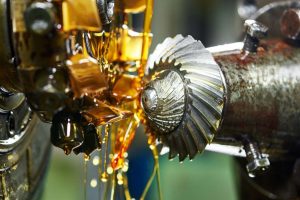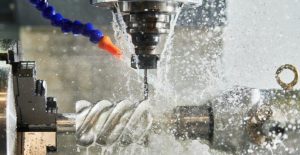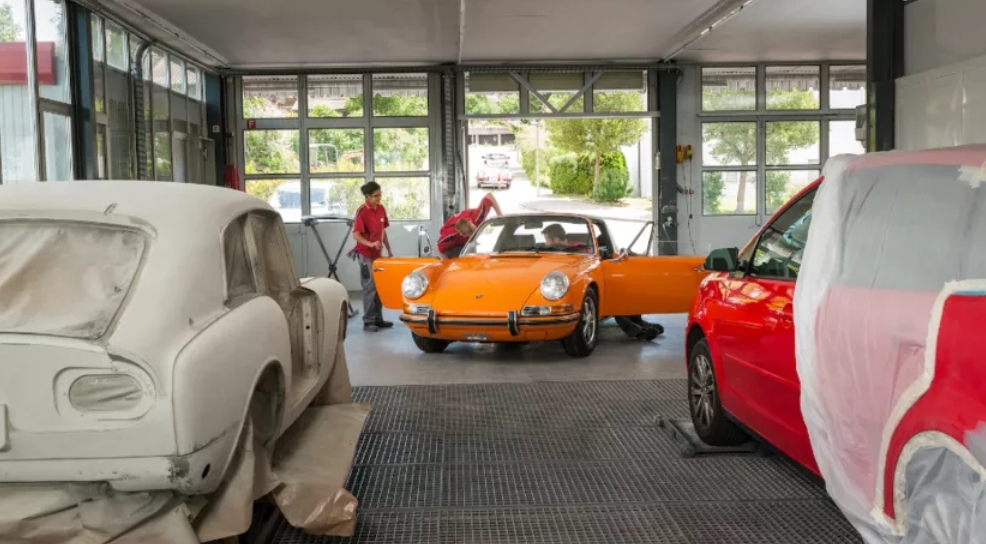
How to protect a classic car against corrosion and restore the paintwork?
The classic car market has experienced phenomenal growth in the last ten years. A new record was set in August 2017 – Aston Martin DBR1 from the 1950s was auctioned for USD 22.55 million (PLN 91.62 million). In 2018 alone, around 30,000 jobs were delivered to Europe. classic American cars, which clearly shows that this extremely dynamic market needs the help of experts.
Standox, a paint brand from the German city of Wuppertal, has an established position as a professional partner for workshops specializing in classic car restoration. At the same time, in times of economic uncertainty, many people are looking for something specific to allocate funds. Therefore, over the past decade, the value of investments in cars has far exceeded the value of investments in coins, diamonds and old wine. This trend is an ideal opportunity for garages to improve their classic car restoration skills and develop in this market segment.
Olaf Adamek, Standox Brand Manager for Europe, Middle East and Africa – Renovation of classic cars requires both extensive technical knowledge and qualified employees. However, it can be a very lucrative source of income for workshops. The customer community is large, compact and resilient to economic changes. They are often people with extensive general knowledge about classic car restoration, who require professional help from workshops in the field of painting. They must feel that their valuable acquisition is in good hands.
When choosing the best method of restoring a classic car, you need to pay attention to details. Sometimes an order to remove a bit of rust turns into a complete renovation with painting the entire body. Therefore, access to professional support and the right products is the key to success.
Corrosion: the number one enemy of automotive classics
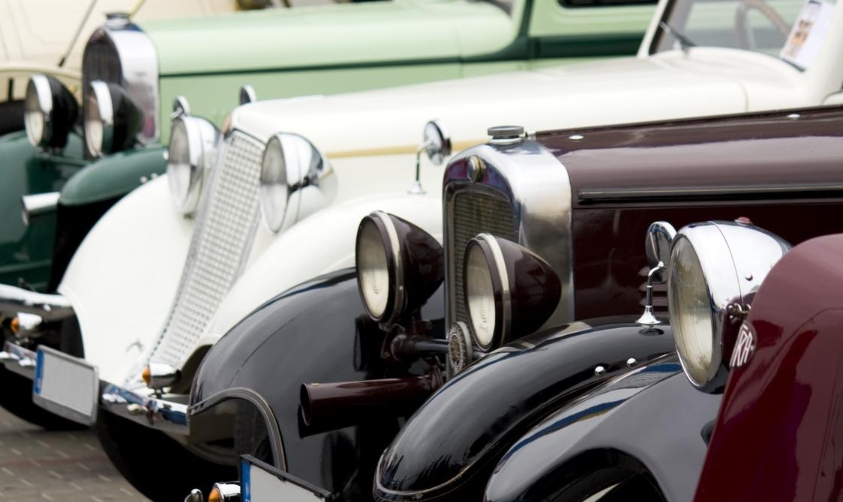
The main difference between the paint restoration of a classic car and a modern car is protection against corrosion. Until the 1980s, bodywork was mainly made of sheet metal, which is very susceptible to moisture.
Harald Klöckner, Standox Training and Technical Service Leader EMEA – There is no doubt that getting a complete repair quote is crucial. Once we come to an agreement with the customer on this topic, the main task of the painter is to protect the historic car against corrosion. First of all, it is necessary to ensure that the putty does not come into contact with the bare sheet metal, and to limit the risk of corrosion during the preparation of the substrate. Always use a thin insulating layer between the sheet metal and the putty. Otherwise, the putty acts like a sponge and absorbs water, which then ends up in the metal.
Standox recommends a three-step approach – after the surface has been properly prepared, insulate the sheet metal with a Standox acid-curing primer such as Etching Adhesion Primer U3100 and a VOC filler such as VOC Xtra Filler U7560. Of course, the specifications of the respective paint system must be followed. The VOC filler isolates sanding marks and pores, and helps to even out the surface, making it an ideal base for the topcoat.
Perfect color match
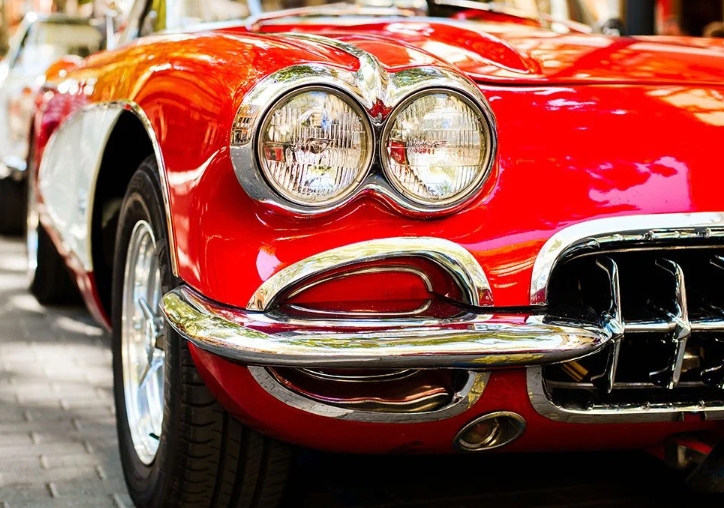
As in the case of refurbishing new cars, the digital color management process significantly facilitates color matching in classic cars and improves the accuracy of the entire process. Refinishers have Standox digital color tools at their disposal, such as the Genius iQ spectrophotometer and Standowin iQ software, to perfectly match the color and recreate the original shade and effect of a classic car.
When there is very little original paint left on the body of a classic car due to extensive damage, when the car has been re-painted and the original color has long since been lost under newer coats, or when the color code is unknown, Standox helps the workshop with every step of the color matching and uses its expertise in area of car restoration to help pick the correct color.
– Thanks to the advanced technology of the Genius iQ spectrophotometer and Standowin iQ software, workshops have access to over 200,000 constantly updated color recipes, allowing them to perfectly match color every time. All information is transmitted wirelessly to the scale, explains Harald Klöckner.
Resources and technical support
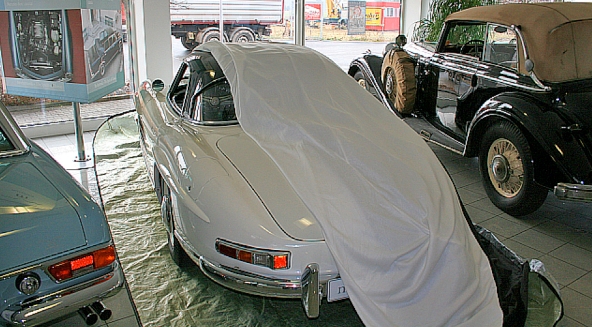
– In addition to the practical support that our customers can count on, we also provide a wealth of technical knowledge online so that refinishers can develop their skills, adds Harald Klöckner.
Standopedia is Standox’s online guide that provides refinishers with technical information and expert advice on a variety of painting issues, such as refinishing special colors or using new products. Standox also offers an extensive collection of Standothek technical guides that provide practical information for refinishers who wish to develop their skills in classic car restoration.
– Classic car owners have a great passion for their cars, and if the car has been repaired well, the owner will probably come to the workshop with the rest of the cars. Workshops offering a personalized and professional service gain customer loyalty, gain an appropriate reputation on the market and develop their business – summarizes Olaf Adamek.
